Welcome to Peru! If you’re planning your next big trip, this South American country should be on your list. Peru has natural wonders, ancient history, delicious cuisine, and vibrant culture. Whether you want to explore the ancient Inca civilizations, adventure in the Amazon rainforest, or enjoy the Pacific coast, this comprehensive guide will cover everything you need to know before your trip to Peru.
Why Travel to Peru?
Peru is a destination that combines history, nature, gastronomy, and living culture, offering unique experiences for all types of travelers.
- Ancient History: From the impressive Machu Picchu, one of the Seven Wonders of the World, to the historic city of Cusco and the ancient civilizations of Caral, Peru is where history comes to life through its archaeological sites and museums.
- Lush Nature: Peru’s diverse geography takes you from the snow-capped peaks of the Andes to the biodiverse Amazon rainforest, passing through the mystical Lake Titicaca and the striking Ica desert with its Huacachina oasis.
- Exceptional Gastronomy: Peru is a culinary paradise. Its ceviche is world-famous, while dishes like lomo saltado and the traditional cuy showcase its rich cultural fusion. You can’t leave without trying a pisco sour, the country’s iconic cocktail.
- Living Culture: Peru maintains its ancestral traditions through festivals like Inti Raymi and the Fiesta de la Candelaria. Local crafts and traditional music like huayno and marinera are also vibrant expressions of its rich cultural heritage.
Peru is a must-visit destination offering a perfect blend of adventure, culture, and flavors.
When to Visit Peru?
The ideal time to visit Peru varies depending on the regions you wish to explore, as the country is divided into three main geographic zones: Coast, Highlands, and Jungle, each with its climatic conditions. This geographical diversity makes it essential to plan your trip according to the season and the activities you prefer.
Coast: Warm Climate and Sunny Beaches
The Peruvian coast stretches from the north, with beaches ideal for surfing, to the south, where you’ll find impressive deserts. The climate in this region is arid and warm, with the dry season from May to October being the best time to visit.
- Best Time: May to October are the most recommended time to enjoy the northern beaches, such as Máncora and Punta Sal, as the weather is warm and there is almost no rain.
- Highlights: Surfing, whale watching, adventure tourism in the Huacachina dunes, and exploration of the Ballestas Islands.
During summer (December to March), temperatures are higher, especially in the north, but this is also when some coastal cities may become more humid. However, if you prefer sun and warmth, this is the best time for water activities.
Highlands: Mountains, Trekking, and Archaeology
The Peruvian highlands, including the majestic Andes and iconic destinations like Machu Picchu and the Sacred Valley, are ideal for those seeking mountain landscapes, adventure, and culture. From May to September, the dry season is best for hiking, trekking, and exploring archaeological sites without rain disruption.
- Best Time: May to September is the peak season for visiting Cusco, Machu Picchu, and other attractions in the Andes. During these months, rainfall is minimal, and clear skies offer spectacular views of the snow-capped peaks.
- Highlights: Trekking on the Rainbow Mountain, hikes on the Inca Trail, visits to archaeological sites like Sacsayhuamán, and bike tours in the Sacred Valley.
Suppose you plan to trek on routes like the Inca Trail or Laguna 69 in Huaraz. In that case, avoiding the rainy season (November to April) is essential, as trails can become slippery, and some tours may even be canceled for safety reasons.
Jungle: Biodiversity and Ecotourism
The Peruvian Amazon rainforest, covering much of the eastern part of the country, is one of the most biodiverse destinations in the world. The climate is warm and humid year-round, but the dry season from May to September is the most favorable for outdoor activities and exploring national parks. However, rain can occur at any time due to the tropical nature of the region.
- Best Time: From May to September, when rain is less frequent, it’s easier to navigate the rivers and the jungle. This is especially important if you plan to visit areas like Iquitos, Puerto Maldonado, or the Tambopata National Reserve.
- Highlights: Amazon River cruises, wildlife observation tours in Pacaya Samiria, bird watching, and exploration of exotic flora in the Peruvian Amazon.
The rainy season (November to April) can make access to some areas difficult and make trails and roads impassable. Still, this period also brings a burst of life in the jungle, making it attractive for travelers interested in wildlife observation.
Additional Considerations for Planning Your Trip to Peru
- Altitude: When visiting the highlands, especially in places like Cusco or Puno, it’s essential to consider the altitude. Many travelers experience altitude sickness. It is recommended to arrive with enough time to acclimate before engaging in intense activities like trekking.
- Festivities: Some of Peru’s most important festivals, such as Inti Raymi (in June) and the Fiesta de la Candelaria (in February), can influence your travel plans as these dates attract many tourists and may affect accommodation availability.
The best time to visit Peru will depend on the region you wish to explore and the activities you plan to do. Be sure to consider the weather, altitude, and local festivals to make the most of your experience in this country, which is full of geographical and cultural contrasts.
Note: Dry and rainy weather is approximate, and rain can sometimes extend one or two weeks beyond the usual estimates.
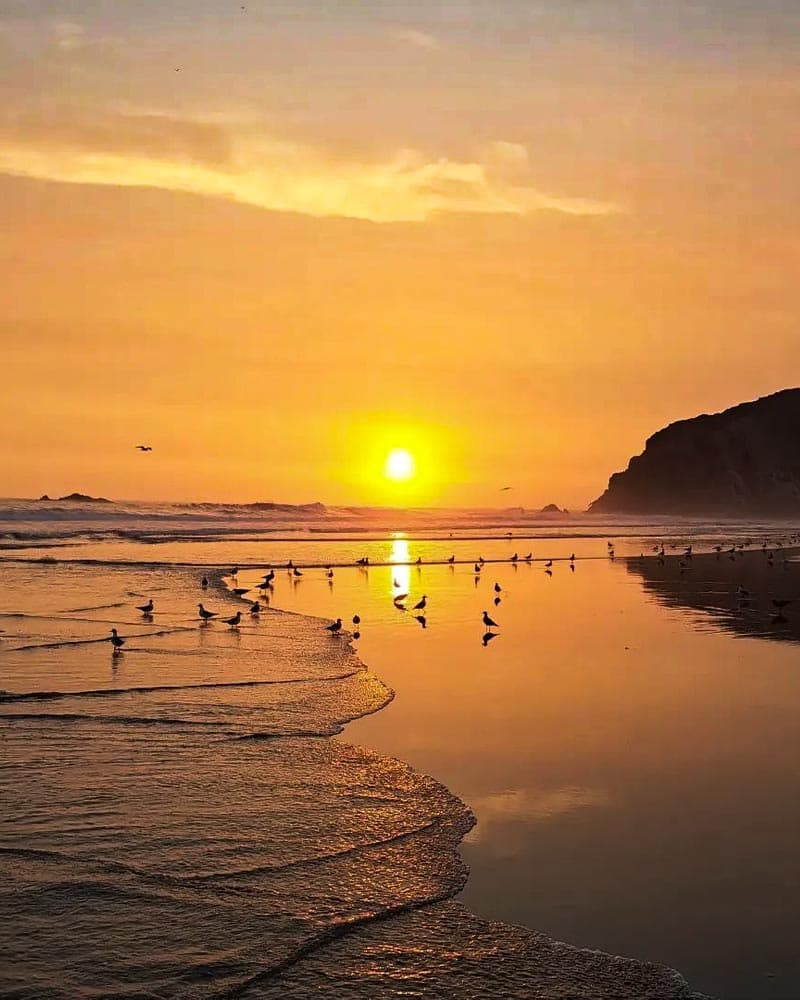
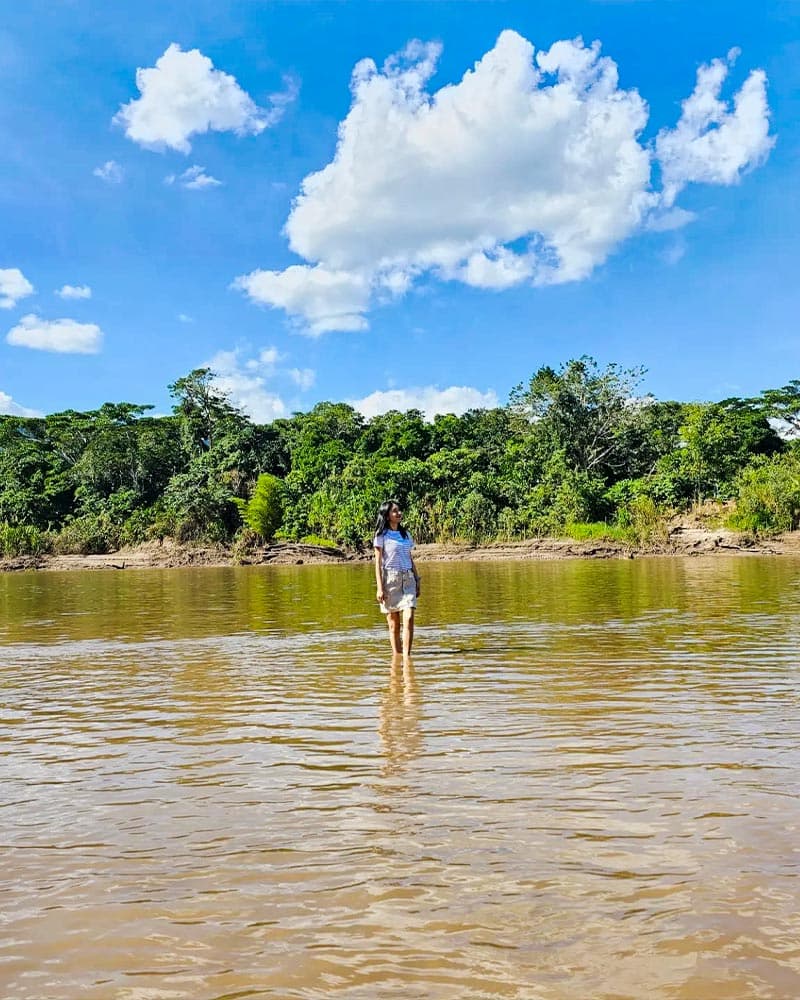
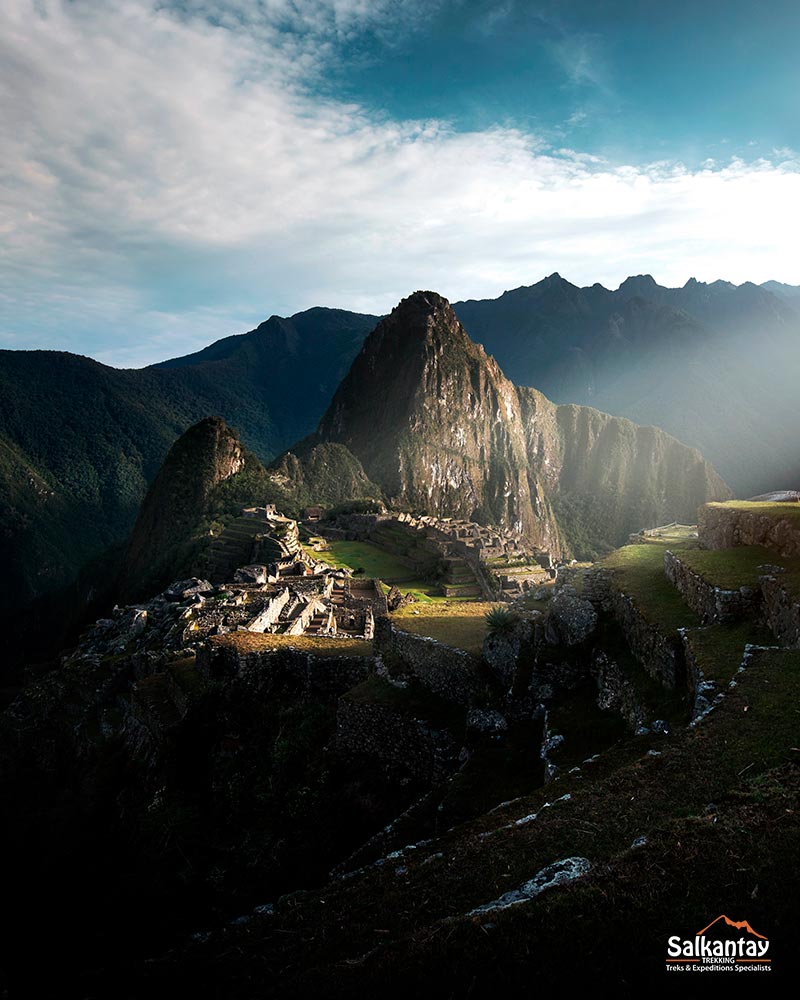
Must-Visit Destinations in Peru
Peru is a country rich and diverse in flora, fauna, culture, and more. As you know, Peru is divided into three natural regions: Coast, Highlands, and Jungle. You previously explored a bit more about the climate you’ll find in each of these regions.
Here’s a list of must-see places in each region of Peru:
Coast
Here’s a list of must-see destinations on the Peruvian coast, ranging from paradise beaches to impressive deserts, each with unique characteristics that make the Peruvian coast an ideal place for tourism.
Máncora (Piura)
Máncora is one of Peru’s most famous beaches, located in the northern part of the country. This destination is known for its warm climate year-round, warm Pacific Ocean waters, and excellent conditions for water sports like surfing and kitesurfing. Its white sands and relaxed atmosphere make it perfect for those seeking sun, beach, and fun.
- Highlights: Surfing, kitesurfing, whale watching (August to October), vibrant nightlife, and cuisine featuring fresh fish and seafood.
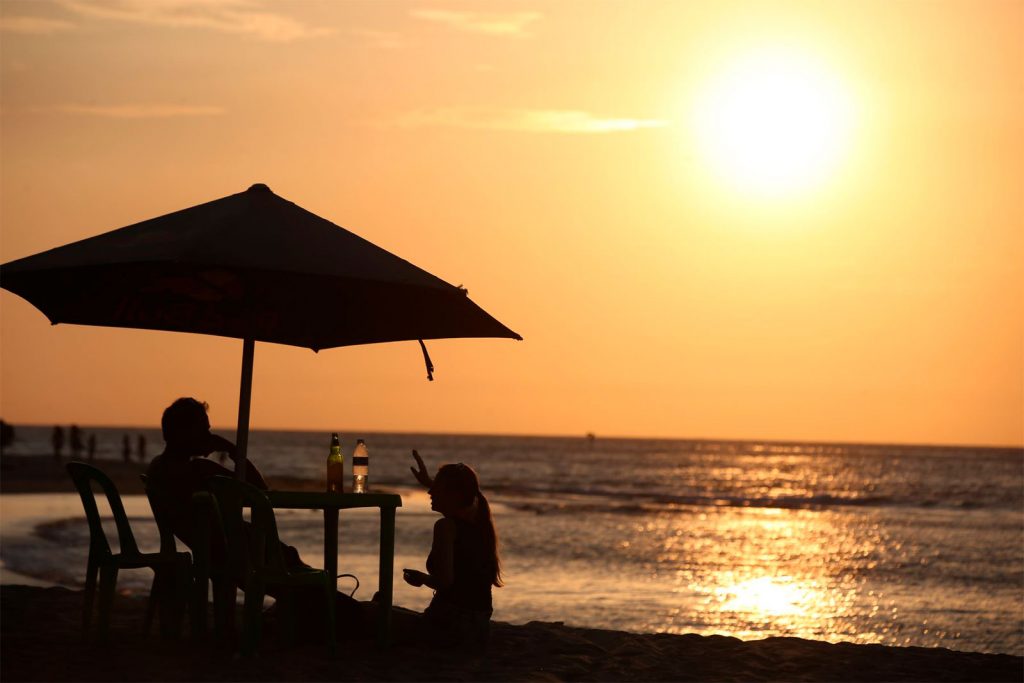
Punta Sal (Tumbes)
Located further north in the Tumbes region, Punta Sal is known for its calm and warm waters, ideal for relaxing and enjoying a more exclusive environment than Máncora. This beach is perfect for families and couples looking to rest and enjoy the sun in a more private setting.
- Highlights: Boat rides, sport fishing, snorkeling, dolphin watching, and sunset walks.
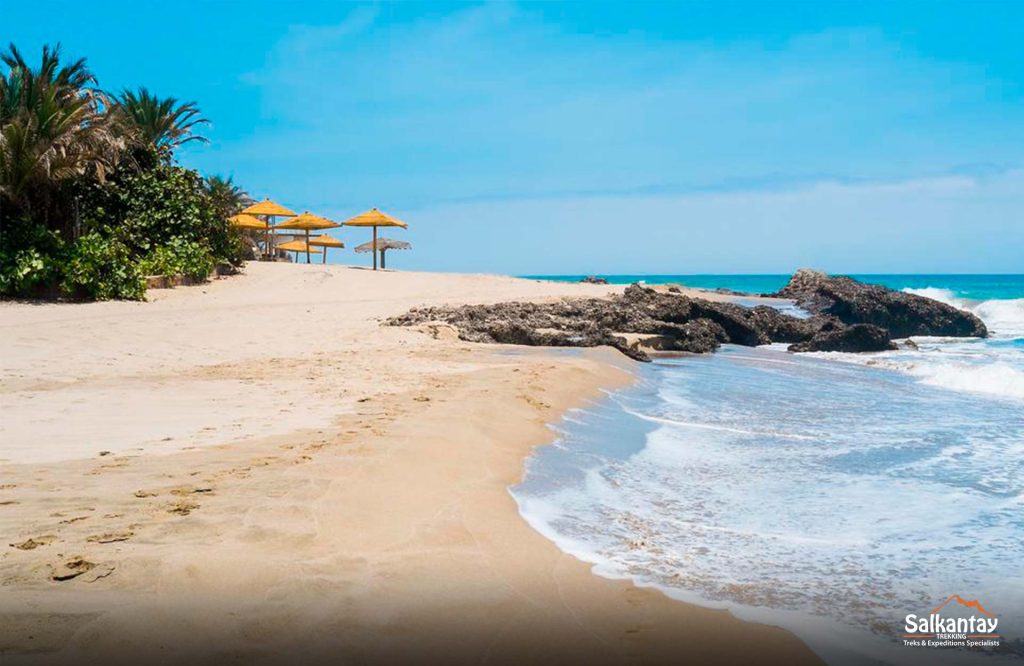
Zorritos (Tumbes)
Zorritos is a tranquil beach at the northernmost tip of Peru, perfect for those looking to avoid crowds. It offers a relaxed atmosphere and is ideal for enjoying nature, the sea, and the tropical breeze. Zorritos is famous for its natural hot springs and being one of the closest points to the Ecuadorian border.
- Highlights: Relaxation in hot springs, mud baths, snorkeling, and boat rides.
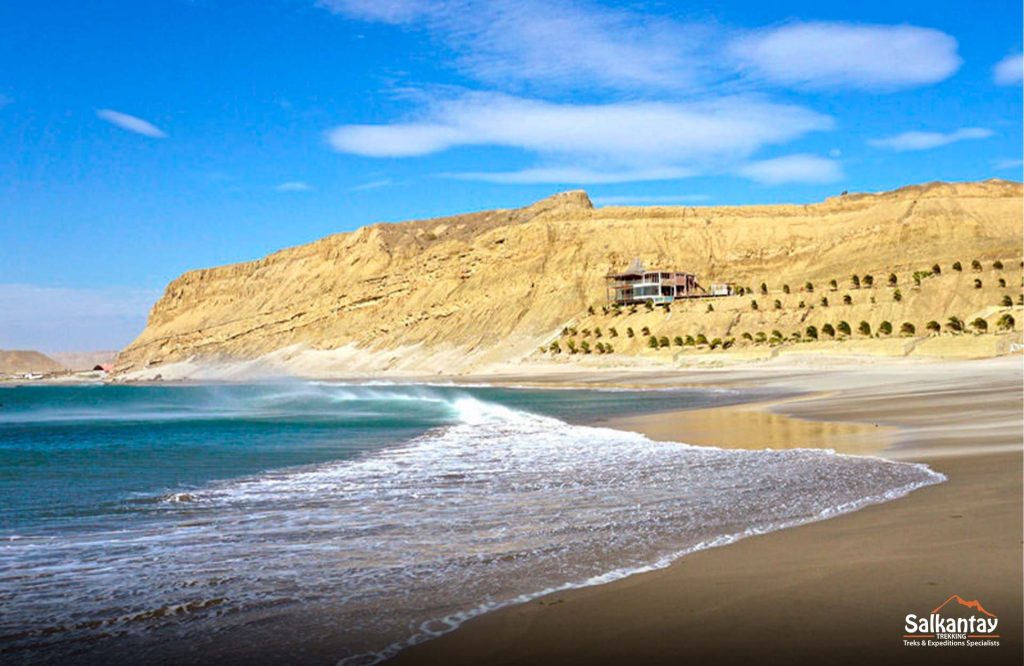
Cabo Blanco (Piura)
Cabo Blanco is a legendary destination for surf enthusiasts, with perfect waves attracting surfers worldwide. This small coastal town was famous in the 1950s when writer Ernest Hemingway visited, and it has since maintained its appeal for those seeking quality waves and an authentic experience.
- Highlights: Surfing on world-famous waves, sport fishing, and exploring the area’s history related to Hemingway.
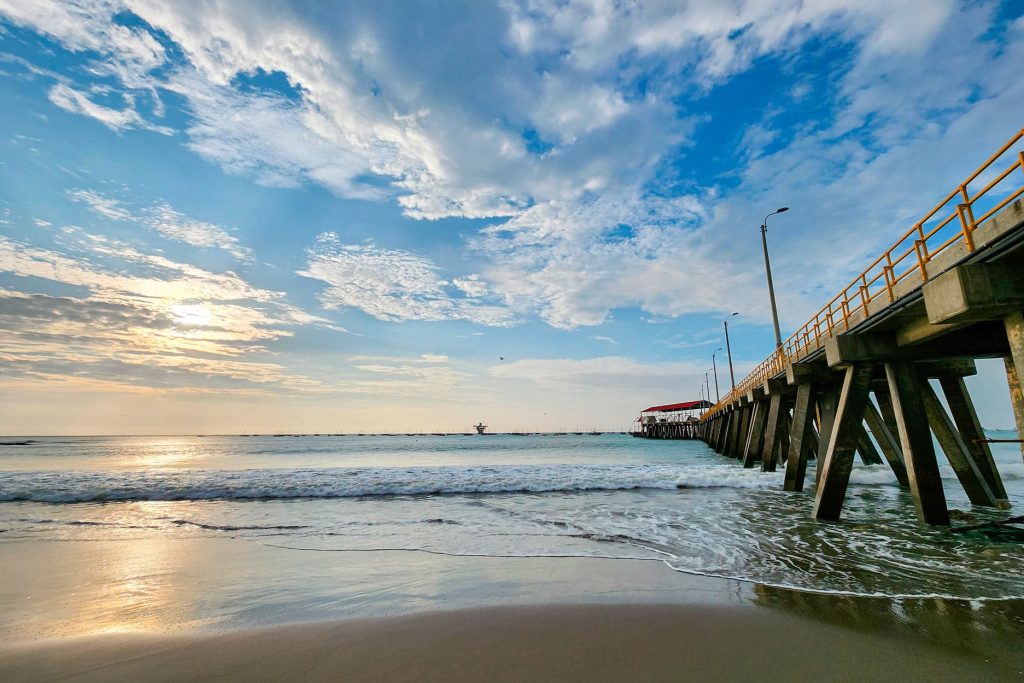
Lobitos (Piura)
Another surf paradise in northern Peru, Lobitos, is known for its perfect tubular waves that attract experienced surfers. Although it’s primarily a surfing destination, its natural beauty, tranquil beaches, and bohemian atmosphere make it an excellent place for those looking to relax in a more remote setting.
- Highlighted Activities: Surfing, beach camping, landscape photography, and water sports.
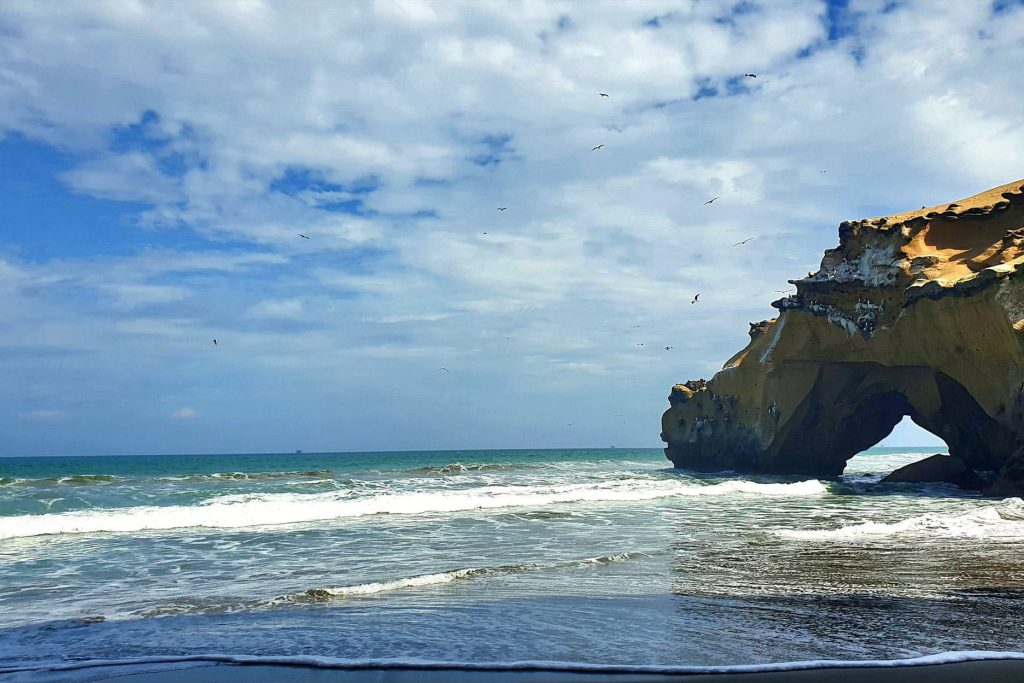
Huanchaco (La Libertad)
Huanchaco is a historic beach near Trujillo, famous for its “caballitos de totora,” which are traditional reed boats that local fishermen have used for centuries. This destination combines beach and culture, as it is close to important archaeological sites like Chan Chan and the Huacas del Sol and de la Luna.
- Highlighted Activities: Surfing, riding caballitos de totora, visiting nearby archaeological sites, and tasting local ceviche.
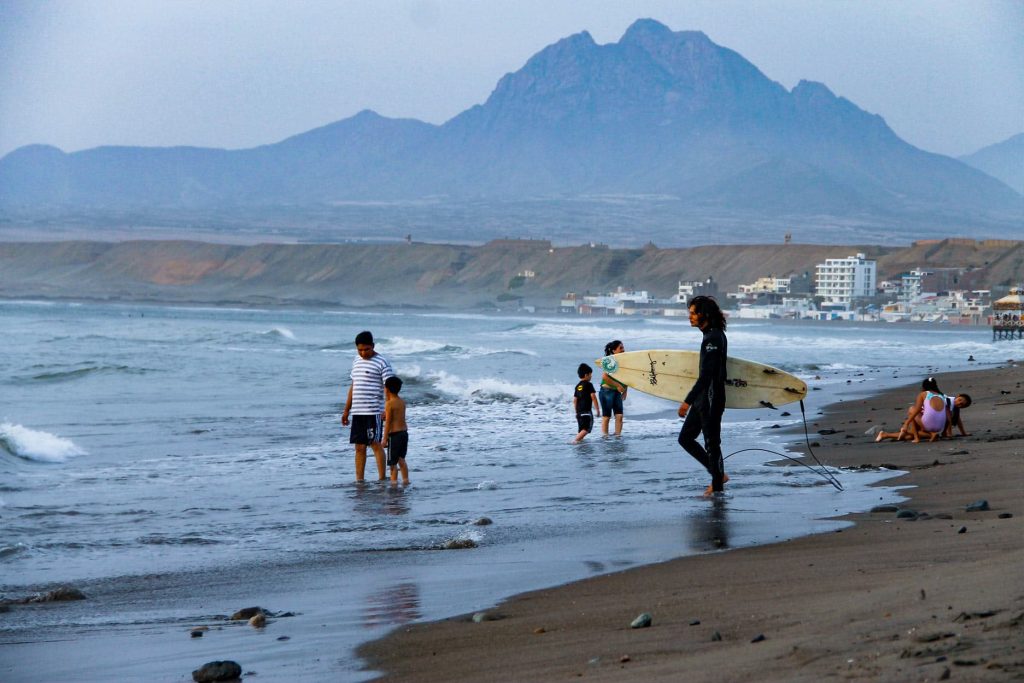
Pimentel (Lambayeque)
Located near Chiclayo, Pimentel is known for its long pier and strong winds that attract kitesurfers. It’s ideal to enjoy the beach, take long walks along the coast, and sample fresh seafood. Its proximity to Chiclayo allows visitors to explore other cultural attractions, such as the Royal Tombs of Sipán Museum.
- Highlighted Activities: Kitesurfing, beach walks, fishing, and cultural tourism in Chiclayo.
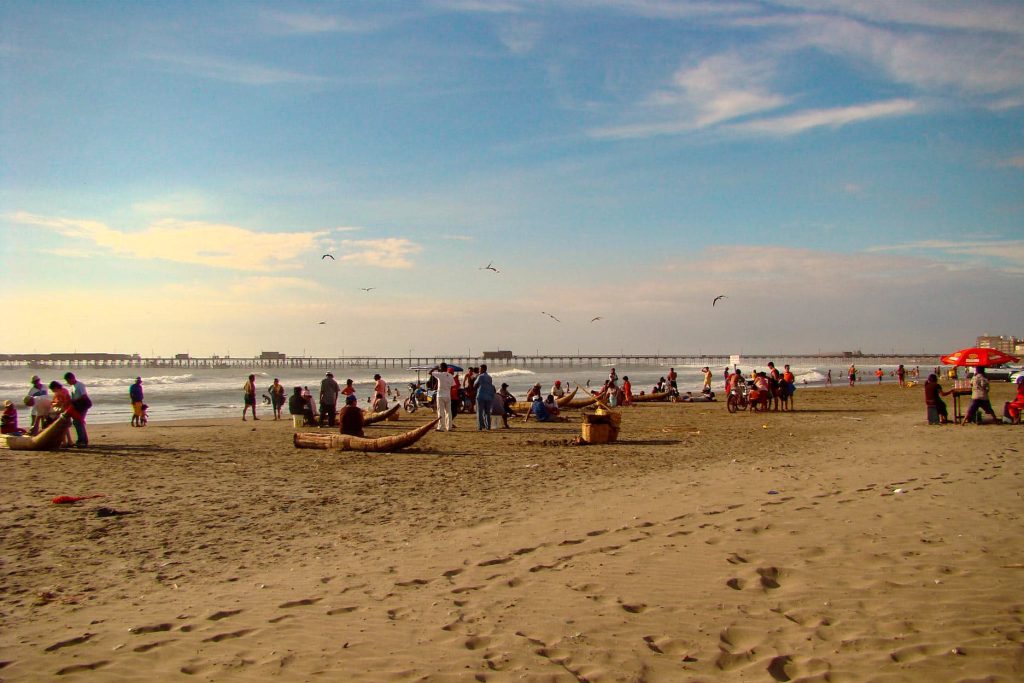
Paracas (Ica)
Paracas is one of the most impressive natural gems on the Peruvian coast, famous for its natural reserve. It is home to many marine wildlife, including birds, sea lions, and Humboldt penguins. Additionally, Paracas is the starting point for visiting the Ballestas Islands, known as the “little Galapagos,” and is ideal for ecotourism.
- Highlighted Activities: Boat tours to the Ballestas Islands, marine wildlife watching, sandboarding in the nearby desert, and visits to the Paracas National Reserve.
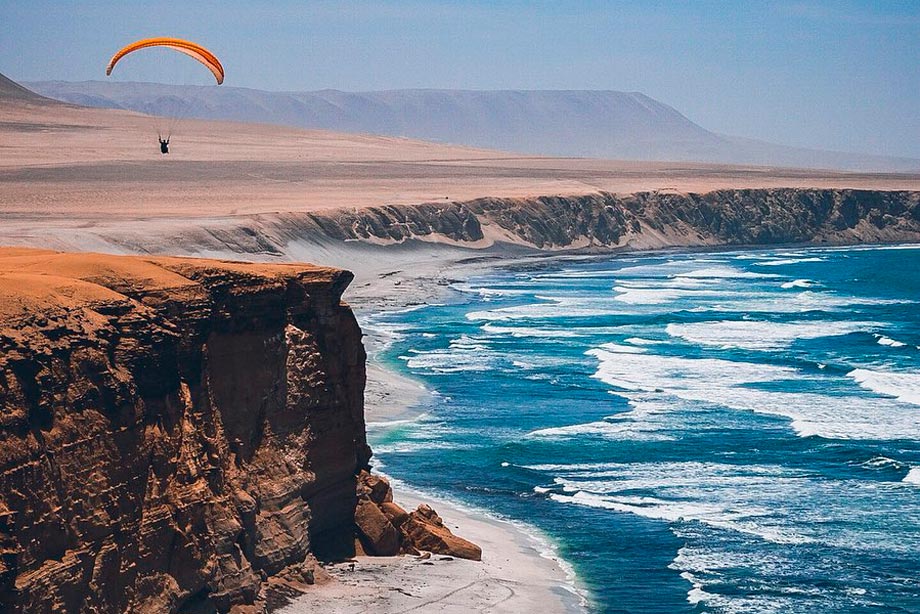
Ica and the Huacachina Oasis (Ica)
Although not a beach, Huacachina is an oasis in the middle of Ica’s coastal desert, surrounded by giant dunes. It’s the perfect destination for those seeking desert thrills. The main activities include sandboarding, and dune buggy rides, and its proximity to the coast allows for a combination of desert adventure and beach visits.
- Highlighted Activities: Sandboarding, dune buggy rides, tours of wine and pisco wineries, and archaeological tourism in Nazca.
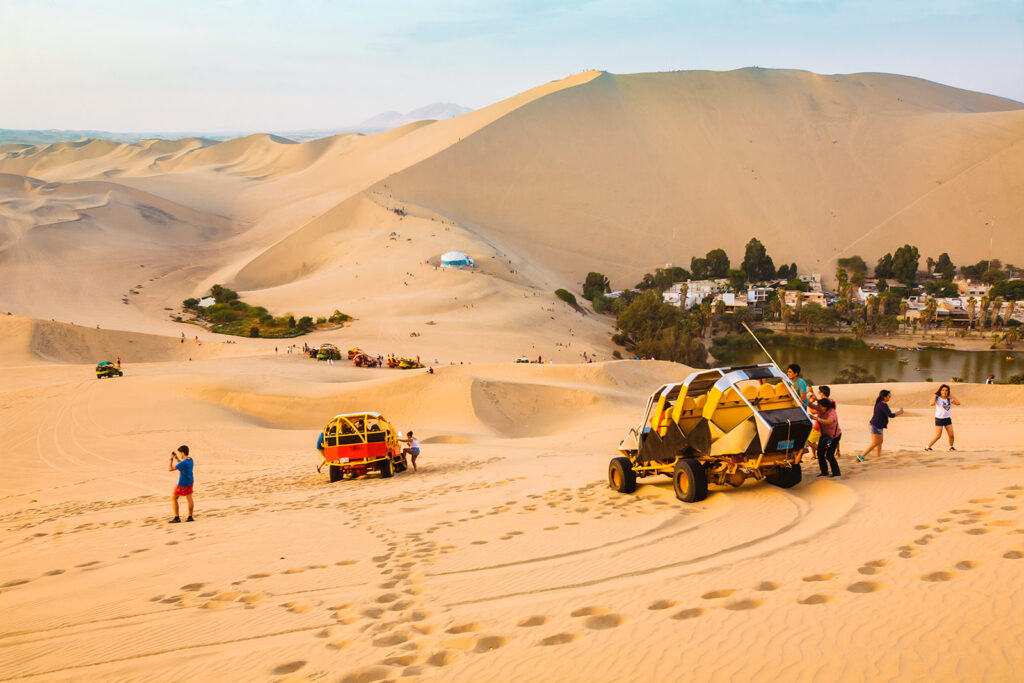
Ballestas Islands (Ica)
Known as the “little Galapagos,” the Ballestas Islands are a paradise for nature lovers. This archipelago is home to a wide variety of marine wildlife, including sea lions, penguins, and seabirds. Boat tours to the islands are one of the main attractions in Paracas and offer a unique opportunity to witness the biodiversity of the Peruvian coast.
- Highlighted Activities: Marine wildlife watching, boat tours, landscape photography, and exploring the Paracas National Reserve.
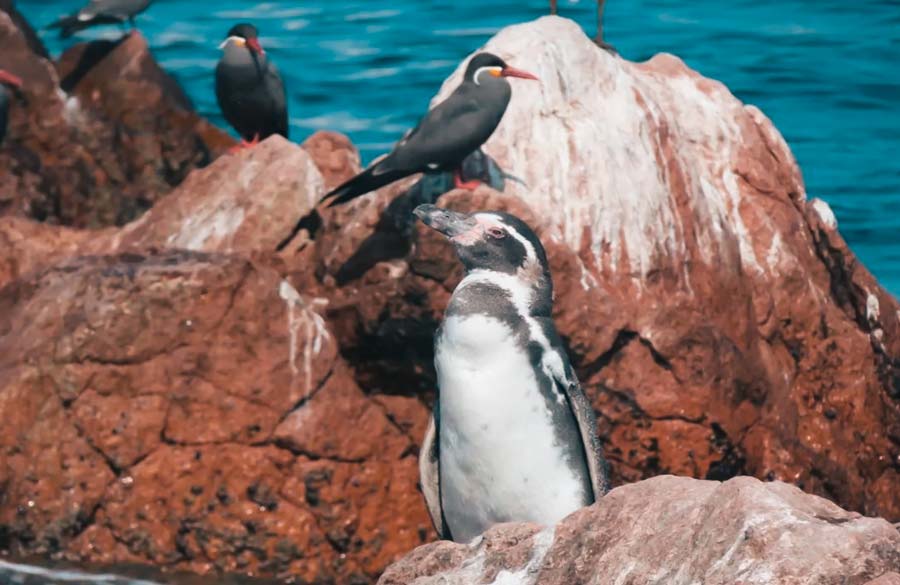
Red Beach (Paracas)
In the Paracas National Reserve, Red Beach is a spectacular destination with reddish sand contrasting beautifully with the deep blue ocean. It’s a place of unique beauty and tranquility, ideal for those seeking peace and a distinctive landscape in Peru.
- Highlighted Activities: Marine wildlife watching, landscape photography, and beach walks.
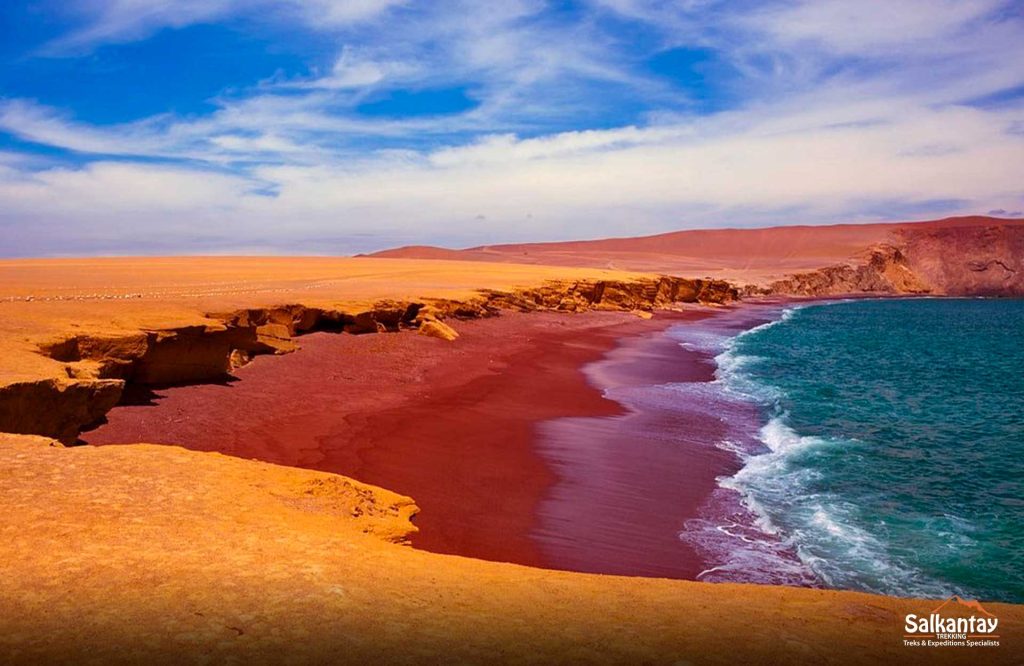
Sierra
Machu Picchu (Cusco)
Machu Picchu is undoubtedly the most famous destination in the Peruvian highlands and one of the most important archaeological sites in the world. The Inca citadel, located high in the mountains, offers spectacular views and the opportunity to learn about Inca history and engineering at its finest. It is a UNESCO World Heritage Site and one of the New Seven Wonders of the Modern World.
- Highlighted Activities: Guided citadel tour, hiking Huayna Picchu, exploring agricultural terraces, and the famous Inca Trail.
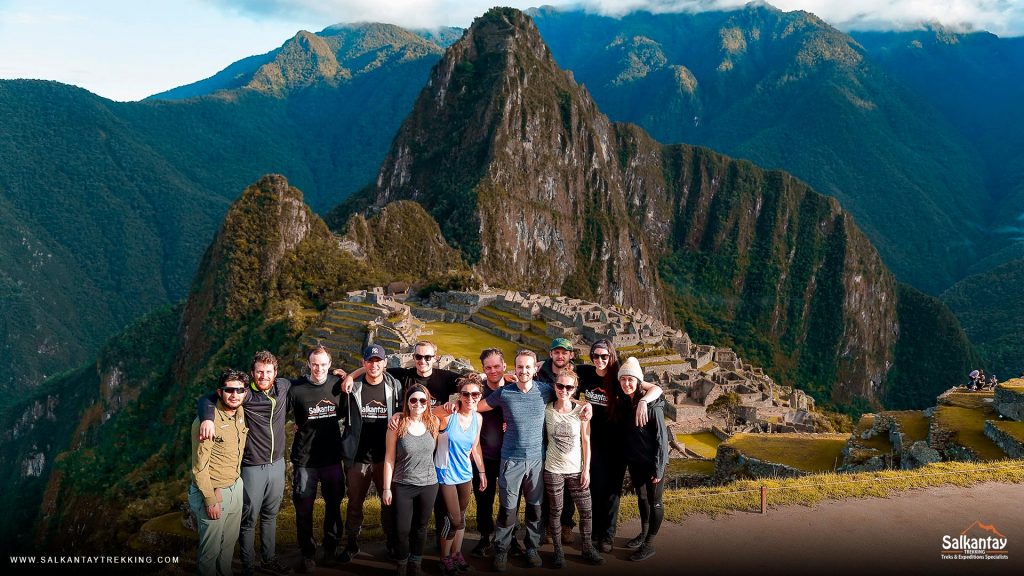
Cusco and the Sacred Valley (Cusco)
The city of Cusco, the ancient capital of the Inca Empire, is a destination rich in history, culture, and colonial architecture, and it’s also the starting point for exploring the Sacred Valley. This valley is home to important archaeological sites like Ollantaytambo, Pisac, and Moray, showcasing the advanced knowledge of the Incas in agriculture and architecture.
- Highlighted Activities: Archaeological tours in Sacsayhuamán, Qoricancha, and Ollantaytambo; visits to traditional markets in Pisac; and hikes through agricultural landscapes in Moray.
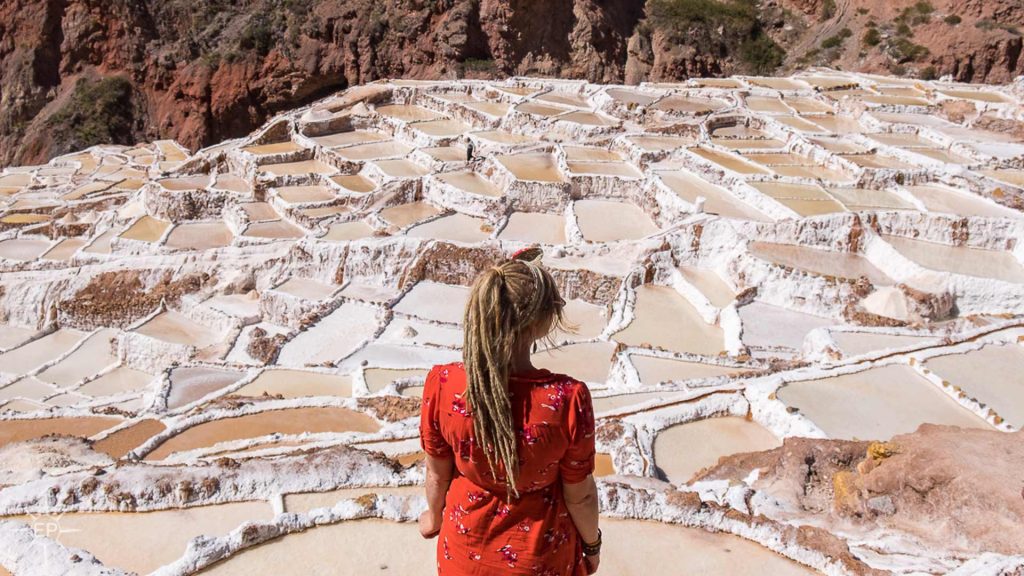
Lake Titicaca (Puno)
Lake Titicaca, the highest navigable lake in the world, holds cultural and spiritual significance for the Incas and the Quechua and Aymara peoples. The Uros Floating Islands, made of totora reeds, is a must-see, along with Taquile and Amantaní Islands, offering an authentic experience of traditional highland life.
- Highlighted Activities: Boat tours to the floating islands, visits to local communities in Taquile and Amantaní, and observing unique flora and fauna in the lake.
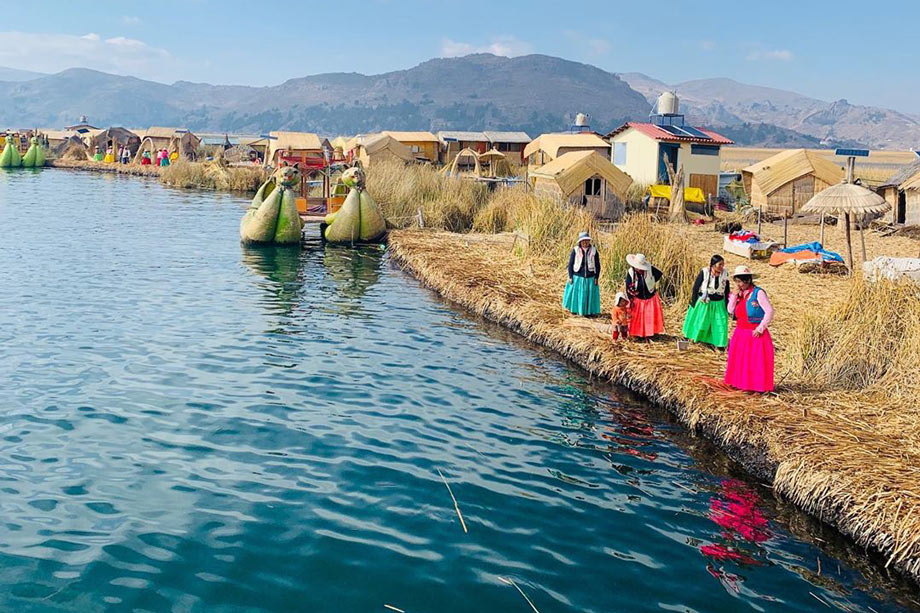
Arequipa and the Colca Canyon (Arequipa)
Known as the “White City” for its pillar stone buildings, Arequipa is one of the most charming cities in Peru, located at the foot of the imposing Misti volcano. A few hours away is the Colca Canyon, one of the deepest canyons in the world and home to the majestic Andean condor. The canyon offers spectacular landscapes and the opportunity to hike in a unique natural environment.
- Highlighted Activities: Hiking in the canyon, condor watching, visiting traditional villages like Chivay and Yanque, and thermal baths.
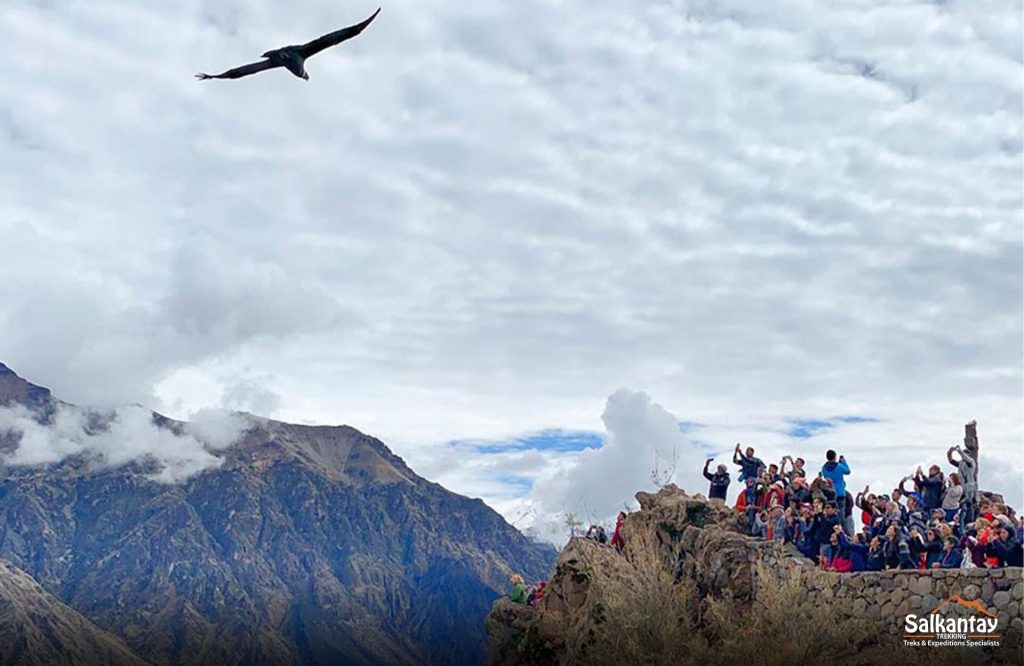
Huaraz and the Cordillera Blanca (Áncash)
Huaraz, located in the heart of the Cordillera Blanca, is the perfect starting point for mountaineers and trekkers. This region is home to Huascarán National Park, which includes Peru’s highest peak, Huascarán (6,768 meters). Destinations like Laguna 69 and Nevado Pastoruri attract adventurers from around the world.
- Highlighted Activities: Trekking to Laguna 69, climbing Nevado Huascarán, visiting archaeological sites like Chavín de Huántar, and biking through the Llanganuco Valley.


Cajamarca (Cajamarca)
Cajamarca is a city known for its entire history as the place where the Spanish captured the Inca emperor Atahualpa. In addition to its historical significance, the region features hot springs, mountainous landscapes, and colonial architecture. The Baños del Inca and the Ransom Room are two of the main tourist attractions.
- Highlighted Activities: Visits to the Baños del Inca, tours of colonial churches, exploration of pre-Inca archaeological sites, and traditional festivals like the Cajamarca Carnival.
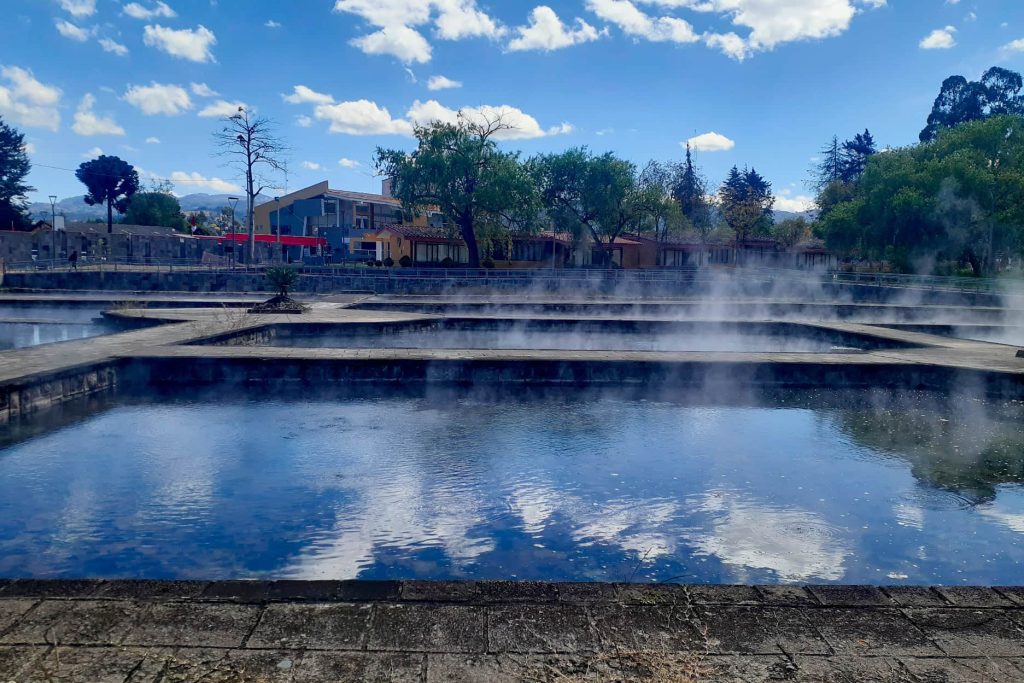
Ayacucho (Ayacucho)
Ayacucho is a city rich in history and tradition, famous for its role during the wars of independence and its stunning colonial churches. It is also known for its religious festivities, especially Holy Week. Near the city is the archaeological site of Vilcashuamán and the Pampas of Ayacucho, the scene of the Battle of Ayacucho.
- Highlights: Holy Week festivities, visits to the ruins of Vilcashuamán, local handicraft workshops, and tours of the colonial city.
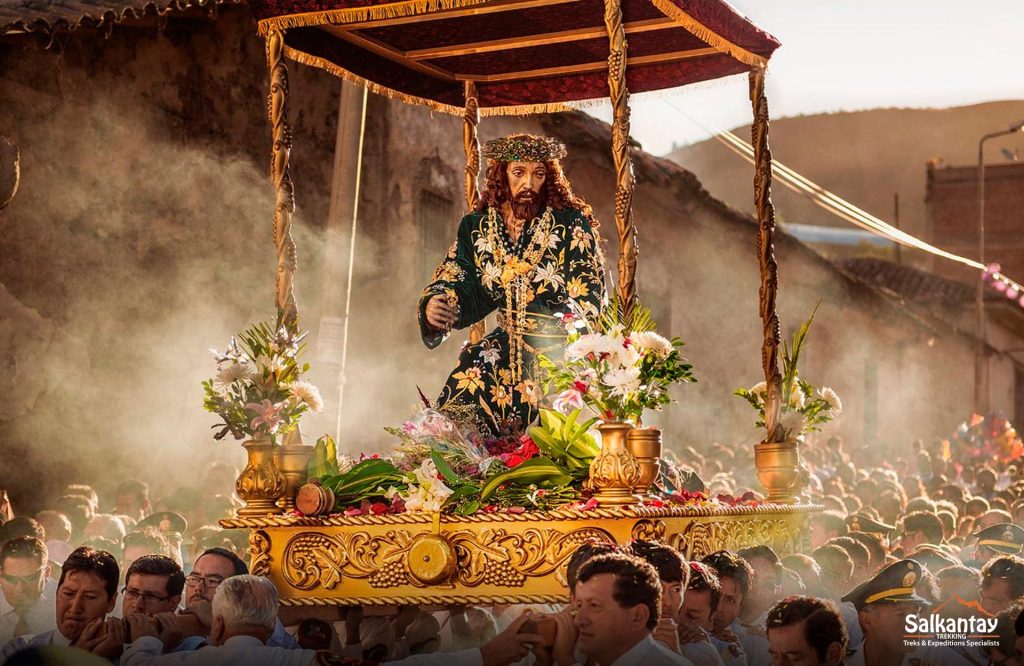
Chachapoyas y Kuélap (Amazonas)
Chachapoyas, located in the Amazon region of the Andes, is home to the Kuélap fortress, an impressive walled city built by the Chachapoya civilization. This destination is ideal for those seeking history, nature, and adventure, with stunning landscapes of mountains and jungles. The region is also home to the impressive Gocta Waterfall, one of the highest in the world.
- Highlighted activities: Visit the Kuélap fortress, hike to Gocta Waterfall, explore pre-Inca sarcophagi, and tour local communities.
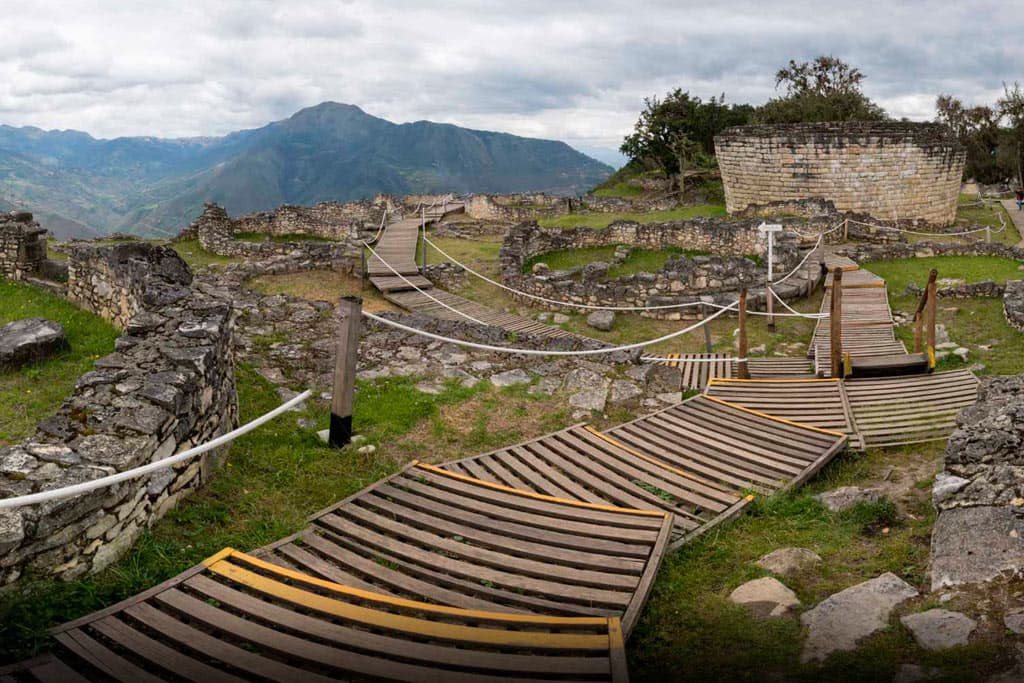
Huasao (Cusco)
Huasao is known for its ecological theme park with tree carvings depicting mythical animals and famous cultural figures. It’s an off-the-beaten-path destination, perfect for those looking for nature, culture, and a relaxed atmosphere near Cusco.
- Highlighted activities: Forest hikes, viewing wooden sculptures, horseback rides, and exploring the local community.
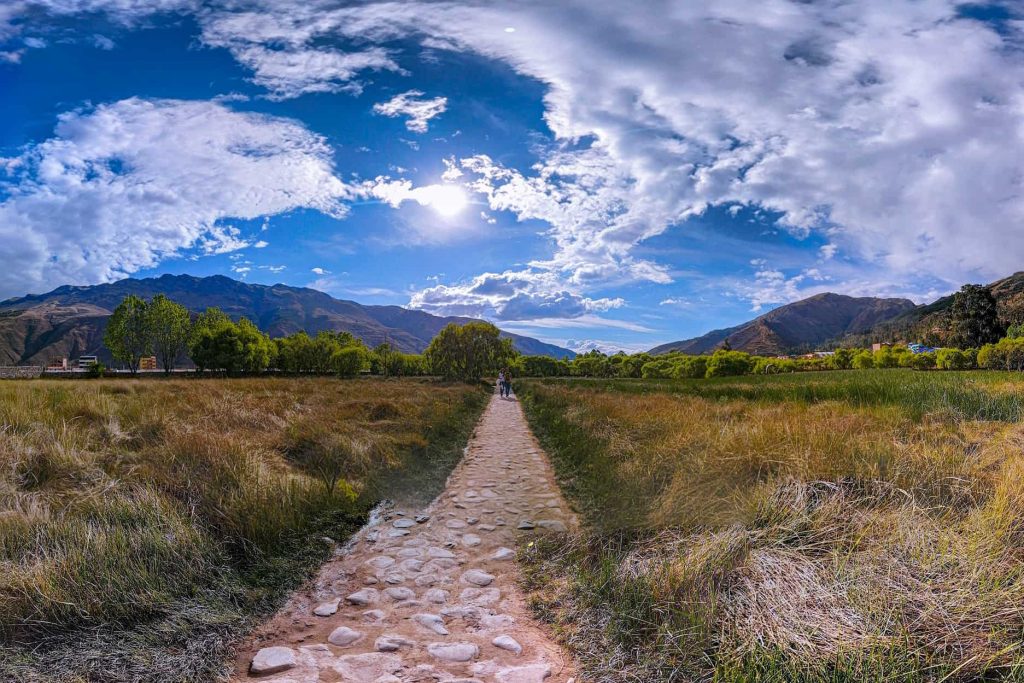
Pampachiri and the Stone Forests (Apurímac)
In the Apurímac region, Pampachiri is famous for its curious rock formations known as the “stone forests.” This destination is one of the best-kept secrets of the Peruvian highlands, offering unique and mysterious landscapes. It is ideal for geology lovers and landscape photographers.
- Highlighted activities: Exploring rock formations, hiking through mountain landscapes, and photographing unique natural scenery.
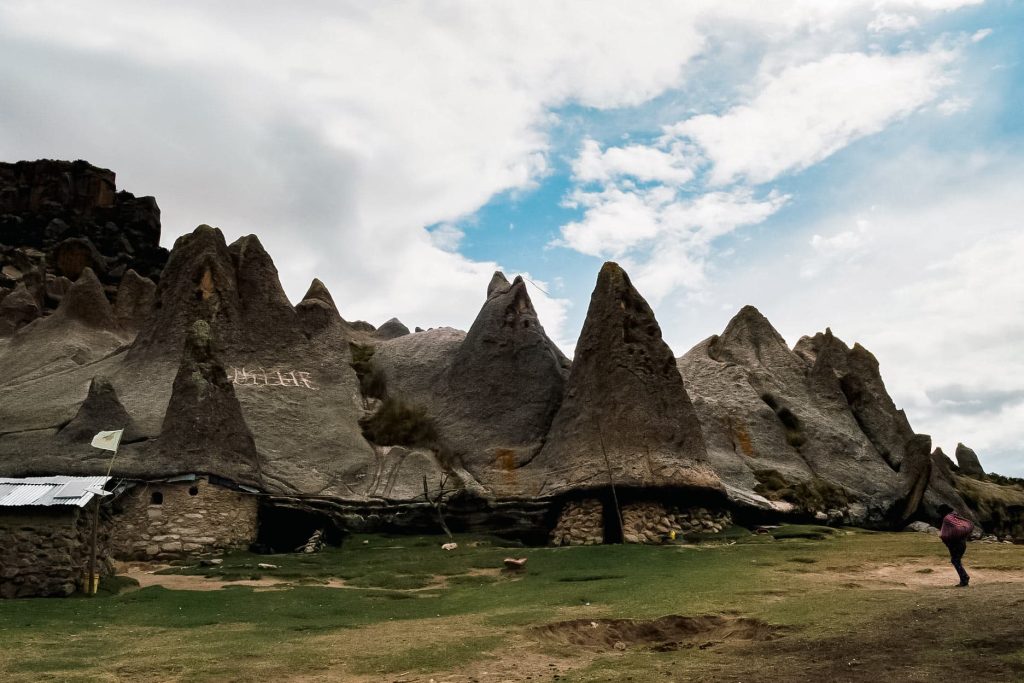
Vilcabamba (Cusco)
Vilcabamba, known as the last Inca city, is an archaeological and natural destination in Cusco’s mountains. It is less touristy than Machu Picchu but of great historical value, as it was the last refuge of the Incas before being conquered by the Spanish. The surrounding area also offers opportunities for trekking and adventure in pristine landscapes.
- Highlighted activities: Trekking to the Espíritu Pampa ruins, exploring the mountainous jungle, and visiting rural communities.
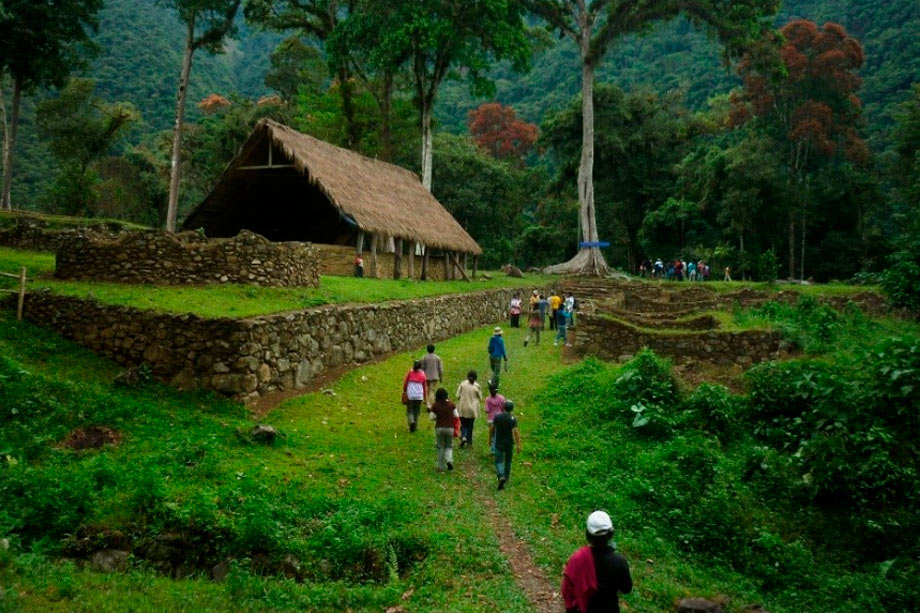
Jungle
Tambopata National Reserve (Madre de Dios)
Tambopata National Reserve is one of the most biodiverse places in the world. Located near Puerto Maldonado, this reserve is home to thousands of species of plants, birds, mammals, reptiles, and fascinating ecosystems. It’s ideal for those looking for an immersion into the wild nature of the jungle.
- Highlighted activities: Wildlife observation (especially birds like macaws), river navigation, jungle hikes, and visiting lakes like Sandoval for giant otter sightings.
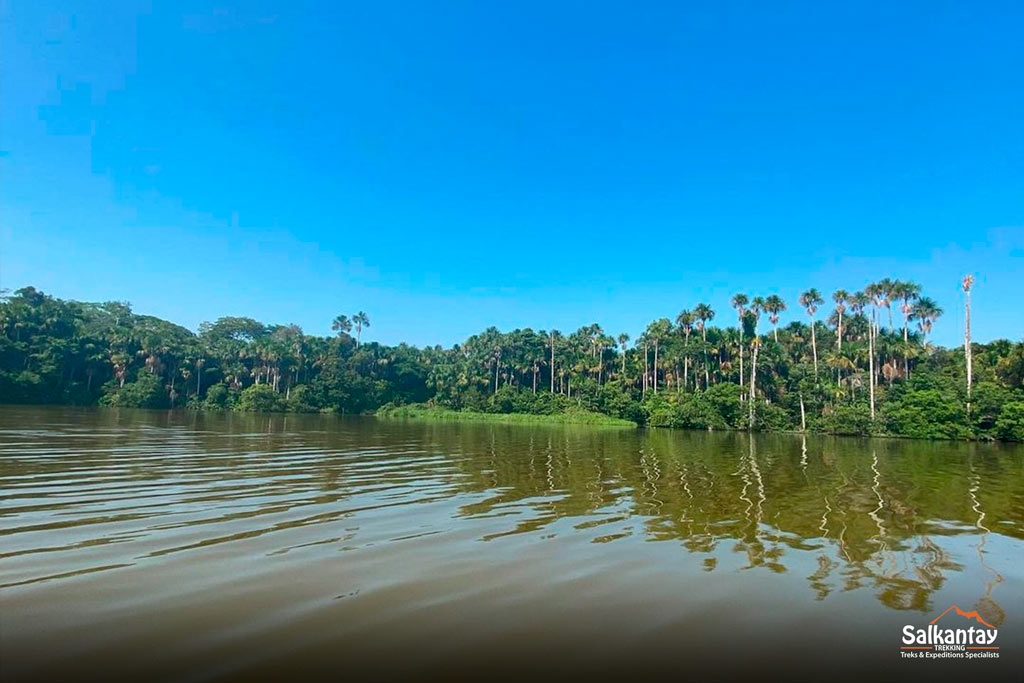
Manu National Park (Madre de Dios y Cusco)
Manu National Park, a UNESCO World Heritage Site, is a vast area that stretches from the Andes to the Amazon rainforest. With astonishing biodiversity, this park is a refuge for endangered species like the jaguar, anaconda, and harpy eagle, as well as Indigenous communities living in voluntary isolation.
- Highlighted activities: Photo safaris, bird and mammal watching, visits to native communities, and boat trips on the Manu River.
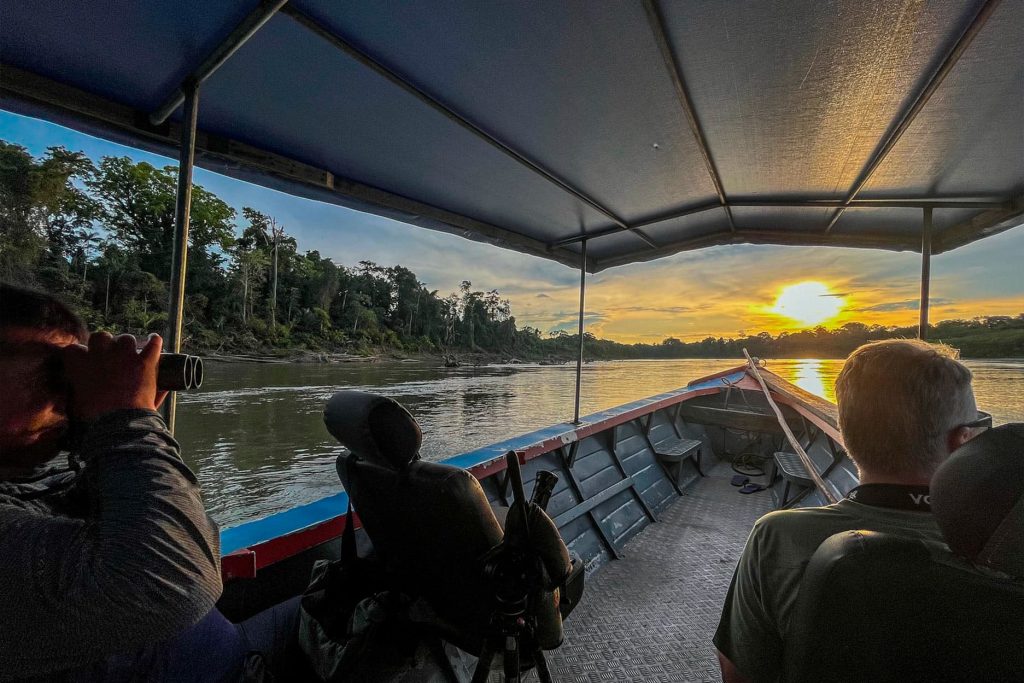
Iquitos and Pacaya Samiria National Reserve (Loreto)
Iquitos, the largest city in the Peruvian jungle, is the starting point for exploring the Pacaya Samiria National Reserve, one of the most extensive wetlands in South America. This reserve is known for its wide variety of flora and fauna, including pink dolphins, caimans, monkeys, and giant fish like the paiche.
- Highlighted activities: Amazon River cruises, canoe tours in the reserve, piranha fishing, pink dolphin watching, and visits to riverside communities.
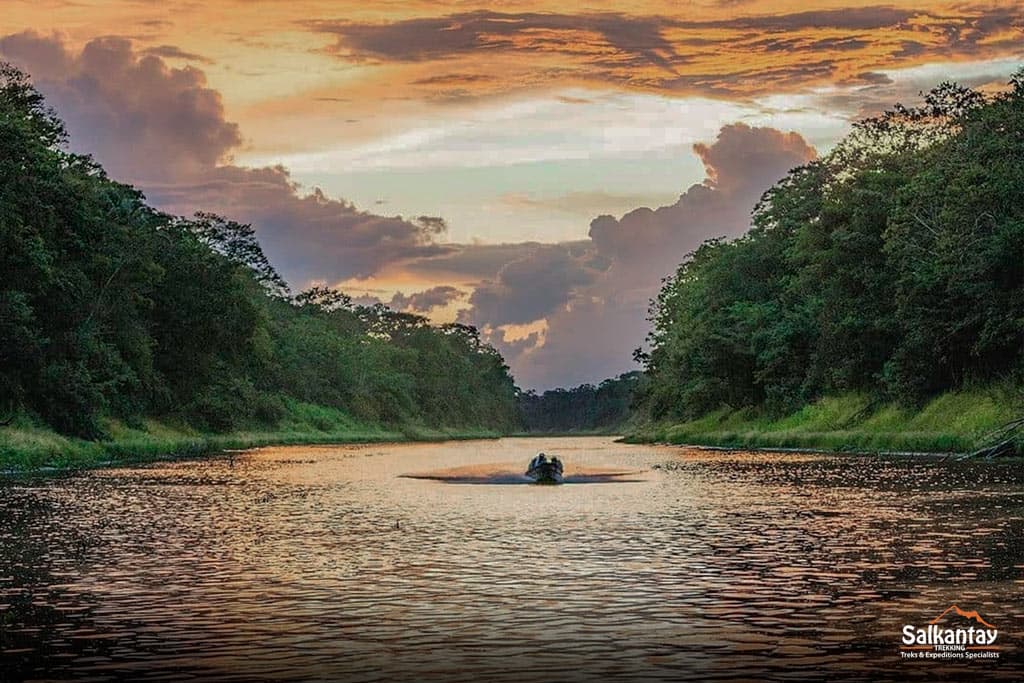
Tarapoto and the Escalera Mountain Range (San Martín)
Tarapoto is a vibrant city in the high jungle, surrounded by waterfalls, mountains, and lagoons. It is the gateway to the Escalera Mountain Range, a nature reserve offering jungle trekking, bird watching, and spectacular sites like the Ahuashiyacu Waterfall. Additionally, Tarapoto is known for its biodiversity and the production of cocoa and coffee.
- Highlighted activities: Hiking in the Escalera Mountain Range, visiting Ahuashiyacu and Huacamaillo waterfalls, cocoa and coffee tours, and exploring lakes such as Laguna Azul.
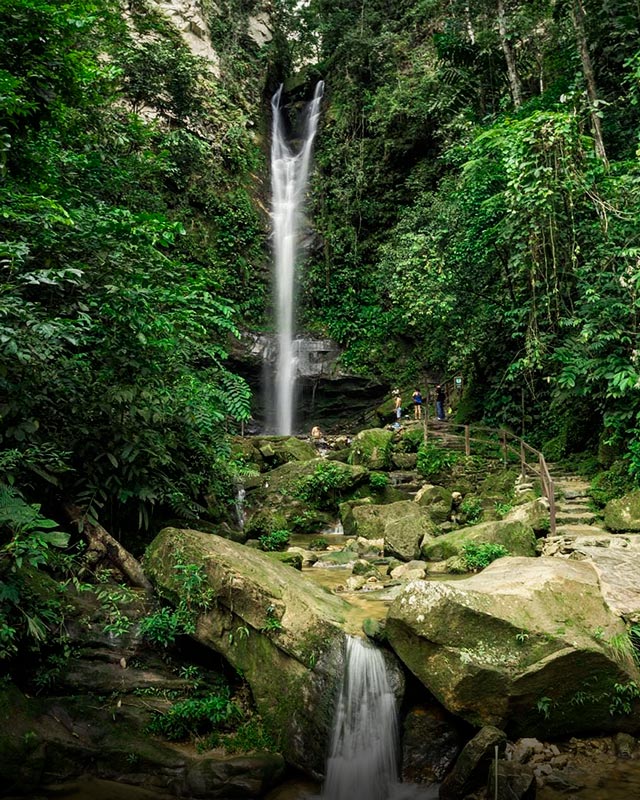
Pucallpa and Yarinacocha Lagoon (Ucayali)
Pucallpa is one of the main cities in the central jungle and the gateway to Yarinacocha Lagoon, a body of water surrounded by jungle and home to various native Shipibo-Conibo communities. This destination offers a unique cultural experience and the chance to enjoy boat rides and observe wildlife.
- Highlighted activities: Boat rides on the lagoon, interaction with native communities, pink dolphin watching, and tours of the surrounding jungle.
(Photographs of Pucallpa and Yarinacocha lagooin general plan and detail, of the activities that can be done or simply the view of the landscape)
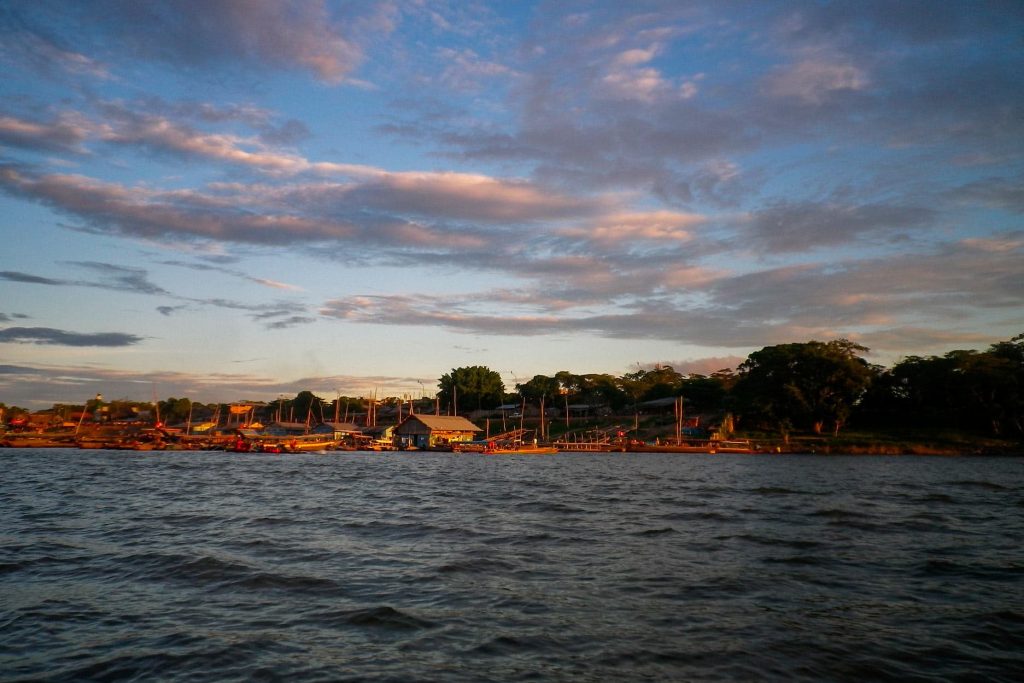
Chachapoyas and the Amazon Jungle (Amazonas)
Although Chachapoyas is located in the highlands, it is also the gateway to the Amazon rainforest in the Amazonas region, with impressive natural sites like the Gocta Waterfall, one of the highest in the world, and the Quiocta Cave. This region combines nature, adventure, and archaeology.
- Highlighted activities: Hike to Gocta Waterfall, exploration of Quiocta Cave, visits to pre-Inca sarcophagi and mausoleums, and tours to the Kuélap fortress.
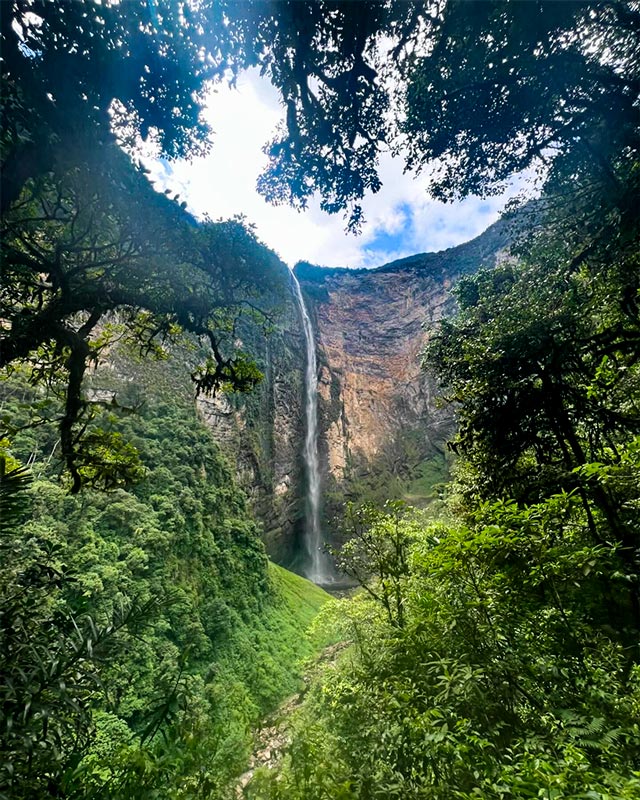
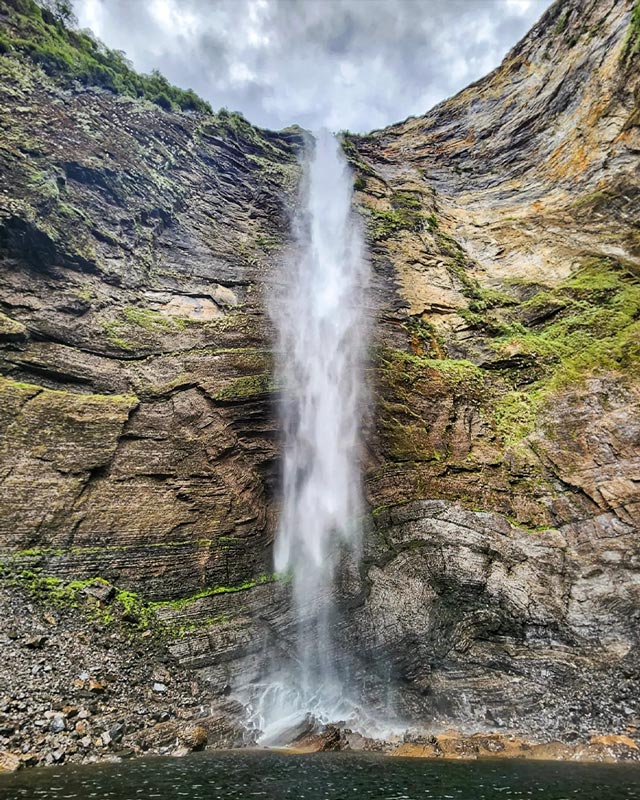
Tingo María and the Cave of the Owls (Huánuco)
Tingo María, known as the “City of the Sleeping Beauty” for the shape of its mountains, is an ideal destination for adventure lovers. The Tingo María National Park houses the famous Cave of the Owls, a sanctuary for nocturnal birds, and is a prime ecotourism destination surrounded by rivers and waterfalls.
- Highlighted activities: Exploration of the Cave of the Owls, hiking in the National Park, flora and fauna watching, and visits to the Santa Carmen Waterfall.
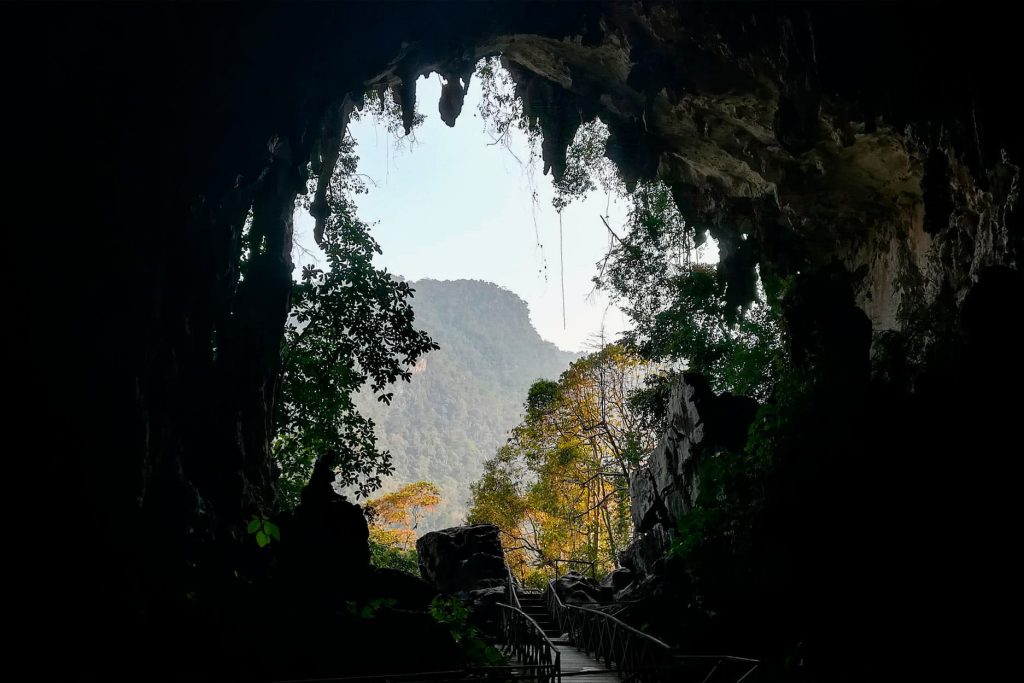
Oxapampa and Pozuzo (Pasco)
The Oxapampa region in the high jungle is famous for its Austro-German colonies, giving it a unique cultural touch amid the Amazonian nature. Pozuzo, a town founded by German and Austrian immigrants in the 19th century, offers a unique experience of European culture in the jungle. Oxapampa is known for its dairy production and lush nature.
- Highlighted activities: Tours of dairy farms, natural pools, waterfalls, traditional European-origin festivals, and coffee and honey tours.
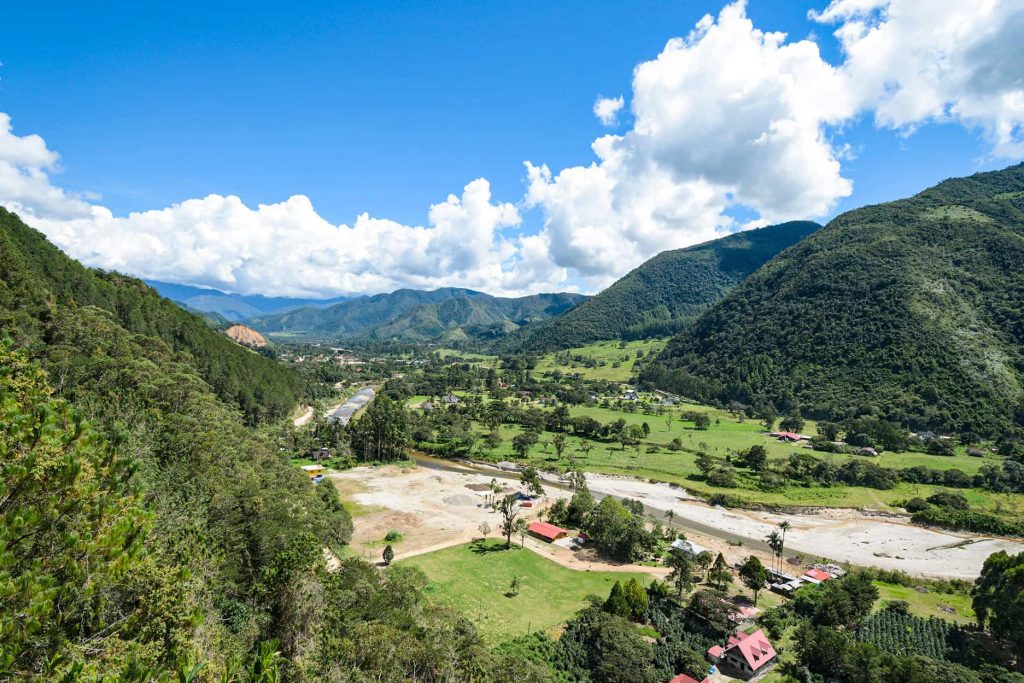
Quistococha and its Amazon Zoo (Loreto)
Quistococha, near Iquitos, is a tourist and recreational center that houses an Amazon zoo and a lagoon where you can swim or take boat rides. The Quistococha Zoo is home to various Amazonian species, such as monkeys, jaguars, and tropical birds, making it an ideal place to learn about local wildlife.
- Highlighted activities: Visit the Amazon Zoo, boat rides on the lagoon, swim in its calm waters, and hike in the natural park.
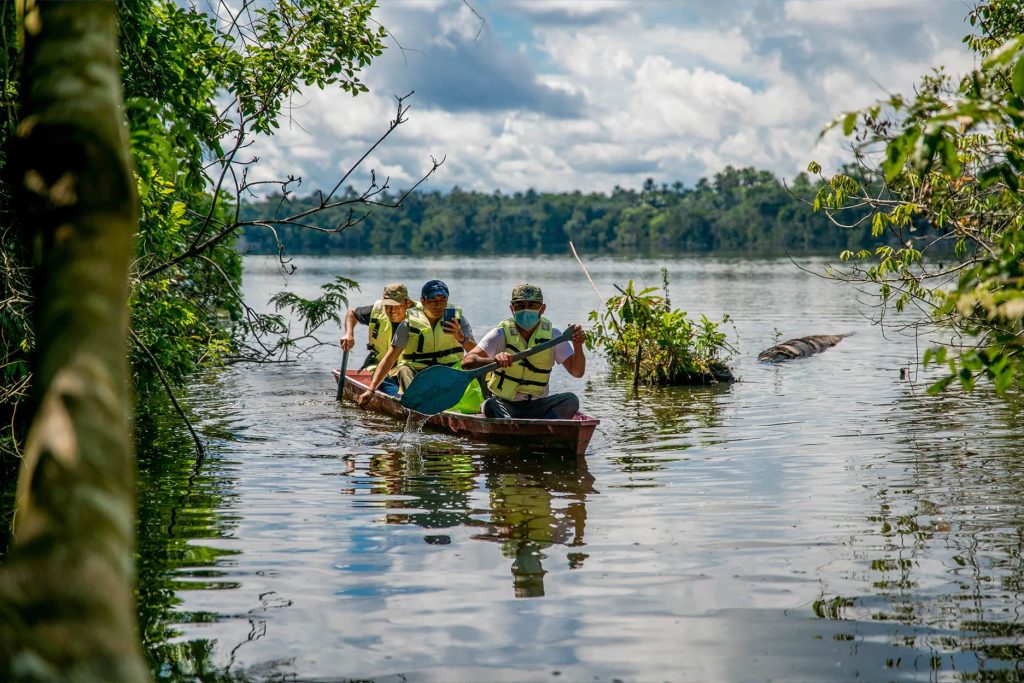
Sandoval Lake (Madre de Dios)
Sandoval Lake, located within the Tambopata National Reserve, is among the most beautiful in the Amazon rainforest. Its calm waters are home to rich biodiversity, from tropical birds to caimans and giant otters. It’s a tranquil destination, perfect for nature lovers.
- Highlighted activities: Canoe rides on the lake, bird and wildlife watching, visits to nearby communities, and jungle hikes.

Allpahuayo-Mishana National Reserve (Loreto)
The Allpahuayo-Mishana National Reserve near Iquitos is ideal for biodiversity lovers and bird watchers. The reserve is unique for its white-sand forests and is home to endemic species of flora and fauna. It is one of the most critical sites for conserving Amazonian biodiversity.
- Highlighted activities: Rare bird watching, hiking through the white-sand forests, and interaction with local guides specializing in the area’s biodiversity.
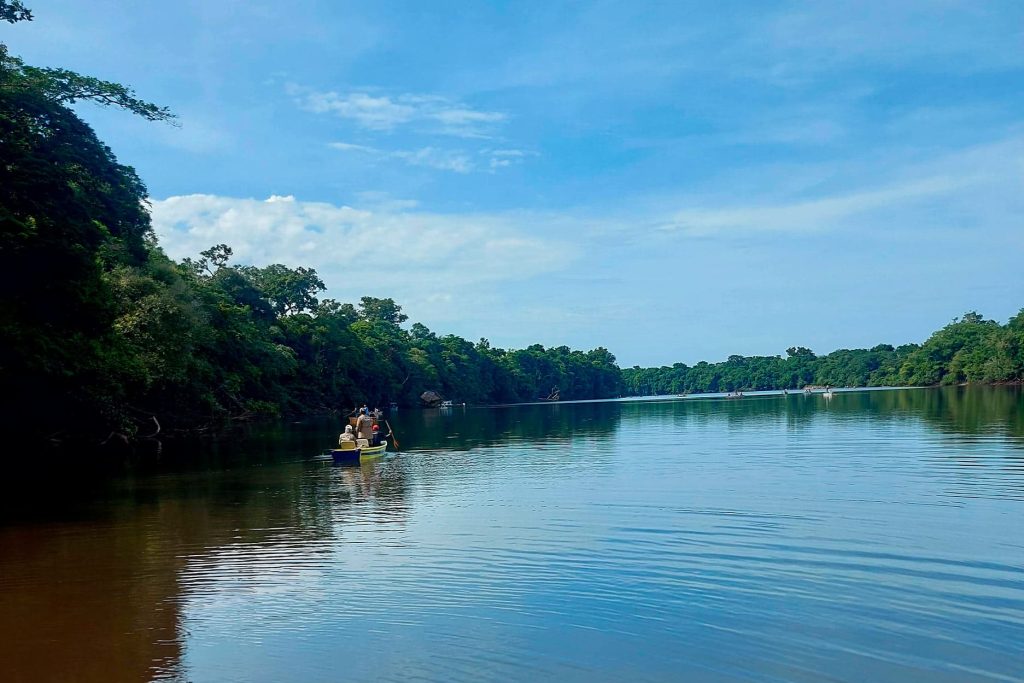
Sierra del Divisor National Park (Ucayali y Loreto)
The Sierra del Divisor National Park is one of Peru’s most remote and least explored protected areas. Located on the border with Brazil, this park is famous for its unique mountain formations and incredible biodiversity. It is home to numerous indigenous communities and hosts flora and fauna species not found elsewhere.
- Highlighted activities: Exploration of geological formations, wildlife observation, jungle hikes, and boat tours on the area’s rivers.
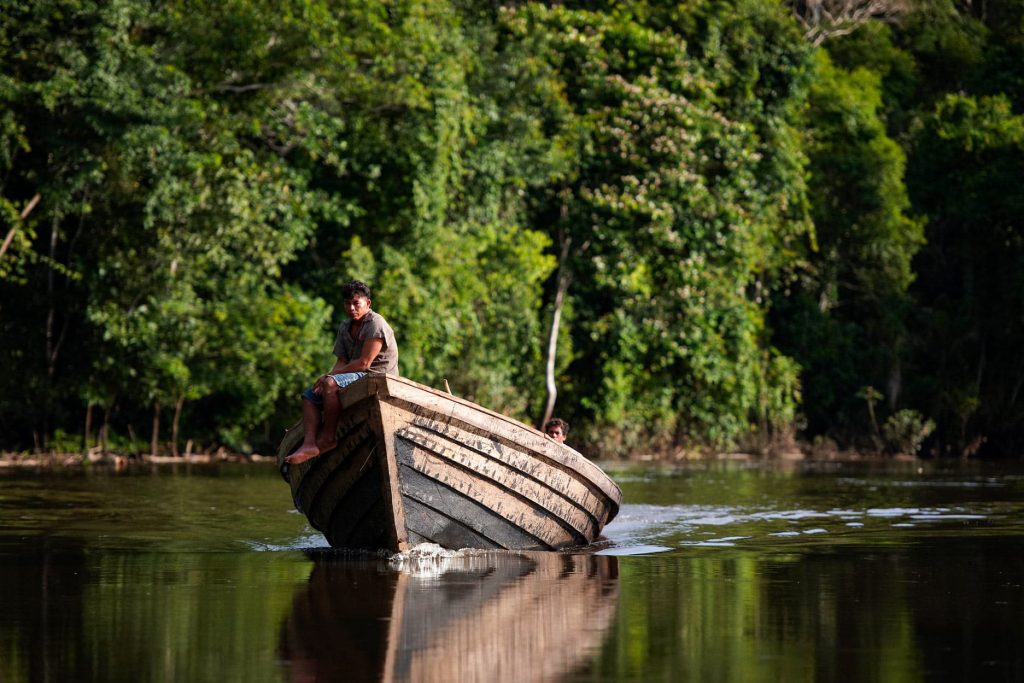
“El Sauce” Lagoon (Laguna Azul) (San Martín)
“El Sauce” Lagoon, also known as Laguna Azul, is a dream destination in the San Martín region, a few kilometers from Tarapoto. This place is perfect for those looking to relax amid Amazonian nature, with dreamy landscapes surrounded by mountains and jungle.
- Highlighted activities: Boat rides on the lagoon, kayaking, fishing, and stays in eco-lodges along the lagoon’s shores.
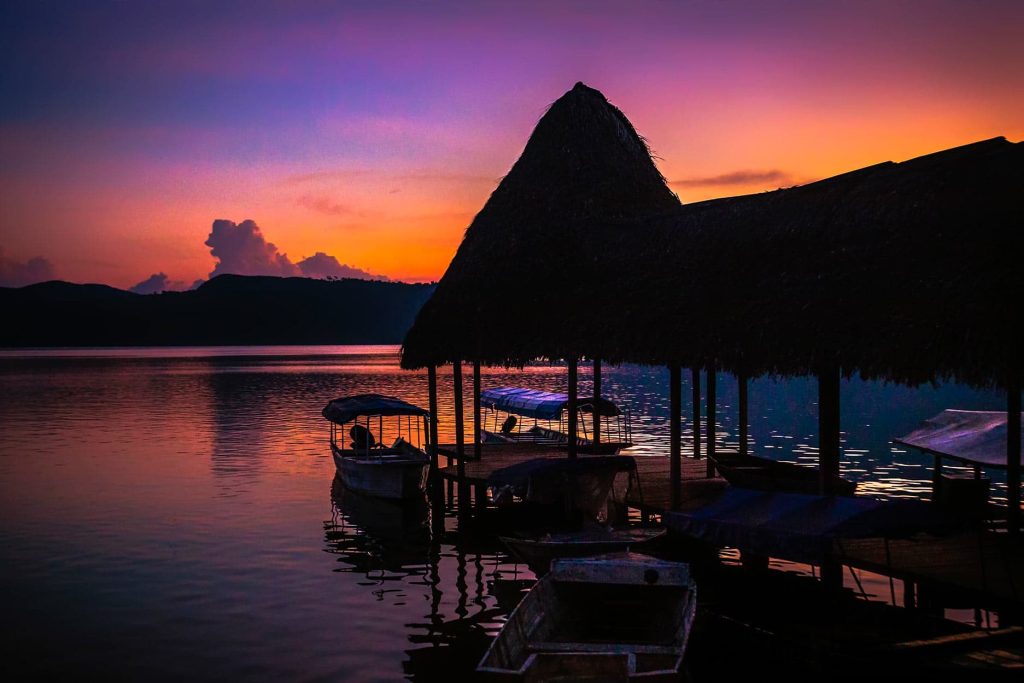
Practical Tips for Traveling to Peru
Traveling to Peru is a unique and enriching experience. Still, to make the most of your trip, it’s essential to keep a few practical aspects in mind, such as health, currency, transportation, accommodation, and safety. Below is a detailed guide that will help you plan your visit safely and efficiently, taking into account the different regions of the country and their geographical characteristics.
Health and Vaccination
When planning your trip to Peru, especially if you intend to visit the Amazon rainforest or high altitudes in the Andes, it’s essential to take health precautions.
- Recommended vaccines: It’s advisable to be vaccinated against yellow fever, particularly if you’re visiting the rainforest, and also against tetanus. These vaccines are generally necessary to prevent diseases in tropical and rural areas.
- First-aid kit: It’s recommended to carry a basic first-aid kit that includes pain relievers, antidiarrheals, insect repellent (essential in the rainforest), sunscreen, and altitude sickness medication like acetazolamide. If you have health complications, consult your doctor.
- Altitude acclimatization: If you’re planning to visit high-altitude destinations like Cusco, Puno, or Arequipa, it’s important to acclimate gradually. Altitude sickness can affect travelers who are not used to these altitudes. It’s recommended to arrive at least a day early to rest and allow your body to adjust before engaging in strenuous activities. Staying well-hydrated and avoiding heavy meals in the first few days also helps.
- Drinking water: In many parts of Peru, tap water is not potable, so it’s essential to drink bottled or treated water. You can also bring water purification tablets if you plan to go trekking or visit remote areas.
Currency and Payment Methods
The official currency in Peru is the Peruvian sol (PEN), although in tourist areas and large cities, you can also pay in U.S. dollars at some establishments.
- Currency exchange: You can exchange U.S. dollars and euros at currency exchange offices, banks, or ATMs. Exchange offices are easy to find in large cities like Lima, Cusco, and Arequipa. It’s advisable to avoid exchanging money on the street for security reasons.
- Use of cards: In large cities and tourist destinations, most hotels, restaurants, and stores accept credit and debit cards, especially Visa and Mastercard. However, it’s best to carry enough cash in rural areas and the rainforest, as ATMs and places that accept cards may be scarce.
- Tipping: Tipping in Peru is not mandatory but is appreciated. In mid and high-end restaurants, it is customary to leave between 10% and 15% of the total bill if it is not included. Tipping tour guides, porters, and housekeeping staff are familiar.
Transportation in Peru
The transportation system in Peru is varied and offers options for all budgets and types of travelers.
- Air travel: The country has a good network of airports and domestic flights that connect Lima with other cities like Cusco, Arequipa, Iquitos, and Tarapoto. Local airlines like LATAM, Sky Airlines, and Viva Air offer regular flights. If you have limited time, flying is the best option for traveling between distant regions like the coast, the Andes, and the rainforest.
- Buses: Interprovincial buses are a more economical and popular option among travelers. Companies like Cruz del Sur, Oltursa, and Movil Tours offer comfortable and safe routes between major cities and tourist destinations. For long journeys, it’s recommended to choose VIP or sleeper buses that offer reclining seats and additional services.
- Trains: Trains are another unique option for specific tourist routes. Trains connecting Cusco with Machu Picchu, such as PeruRail and IncaRail, offer an incredible experience, passing through spectacular landscapes. There is also the train route to Huancayo, which is considered one of the highest in the world.
- Taxis and local transport: Taxis are a common way to get around in large cities. In Lima, it’s preferable to use apps like Uber, Cabify, etc. for more excellent safety and convenience. In other cities, it’s common to negotiate the fare before getting into the taxi, as not all use apps to request mobility.
- Shared taxis and minibusses: For short trips or within the city, shared taxis and minibusses (combis) are also available. However, they are less comfortable and can sometimes be confusing for tourists.
Accommodation in Peru
Accommodation in Peru is diverse and caters to all types of travelers, from backpackers to luxury tourists.
- Luxury hotels: In tourist destinations like Lima, Cusco, and Arequipa, you can find 5-star hotels offering first-class services, such as the Belmond Hotel Monasterio in Cusco or the Country Club Lima Hotel in Lima. These hotels are usually located in central or historic areas and offer unique experiences.
- Boutique hotels: In colonial cities like Arequipa and Cusco, boutique hotels are an excellent option for those seeking a more personalized and exclusive atmosphere with traditional décor and attention to detail.
- Hostels and lodges: Hostels and lodges are trendy nationwide for travelers on a tighter budget. They are affordable, offer essential services, and are ideal for backpackers and young people looking for a more social stay.
- Rural lodges: In regions like the Amazon rainforest and the Andes, it is possible to stay in eco-lodges or rural houses managed by local communities. These accommodations offer a more authentic experience close to nature.
Safety in Peru
Peru is generally a safe country for tourists, but as with any destination, it’s essential to take certain precautions to avoid mishaps.
- Basic precautions: Always keep your valuables (passport, money, cards) safe, such as a money belt or a bag with a zipper. Avoid displaying large amounts of cash or using your phone on the street without knowing your surroundings.
- Areas to avoid: In any city, it’s best to avoid walking alone at night in unfamiliar or poorly lit areas. Familiarize yourself with each city’s safe and dangerous zones before venturing out.
- Common scams: Be aware of tourist scams, such as inflated taxi fares without meters or street vendors. Always check prices before purchasing and use official services or travel guides’ recommendations.
- Book tours with formal agencies: If you plan to take excursions or tours to major tourist sites, it’s advisable to book with reputable and well-reviewed companies. This ensures a safe and quality experience.

With this guide, not only will you discover the best tourist destinations in Peru, but you will also learn when the best time to visit Peru is, how to acclimatize to the altitude, which vaccines are recommended for the rainforest, the main modes of transportation within the country, and the best accommodation options, from luxury hotels to budget hostels. Everything is designed so that your experience in Peru is safe, enriching, and full of memorable moments.
Additionally, you will learn how to quickly get around the country, what to pack depending on the region you visit, and receive valuable safety tips to enjoy Peru with complete peace of mind. Planning your trip is the first step to experiencing this country’s incredible adventures.

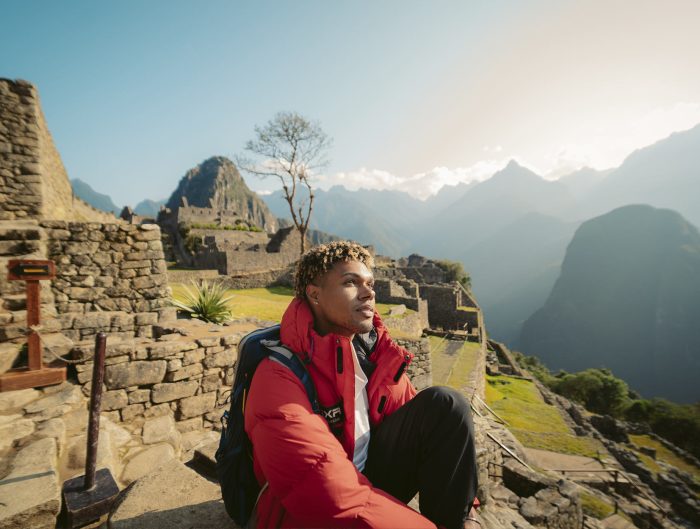


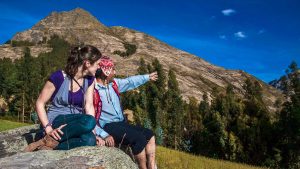
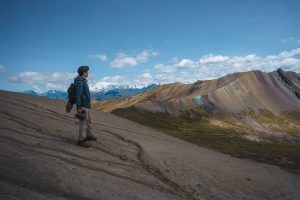
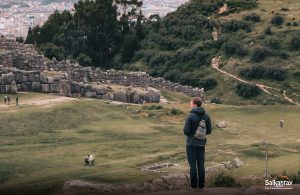
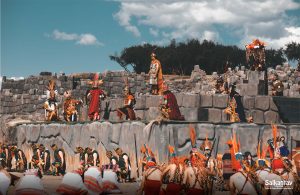
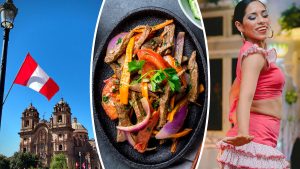

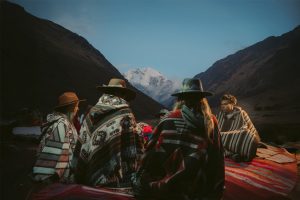
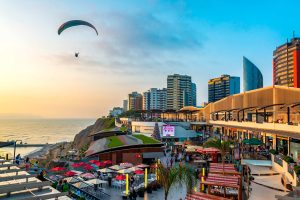

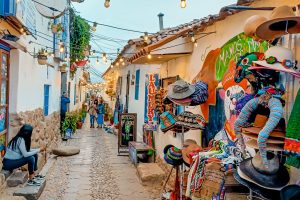
Leave A Reply